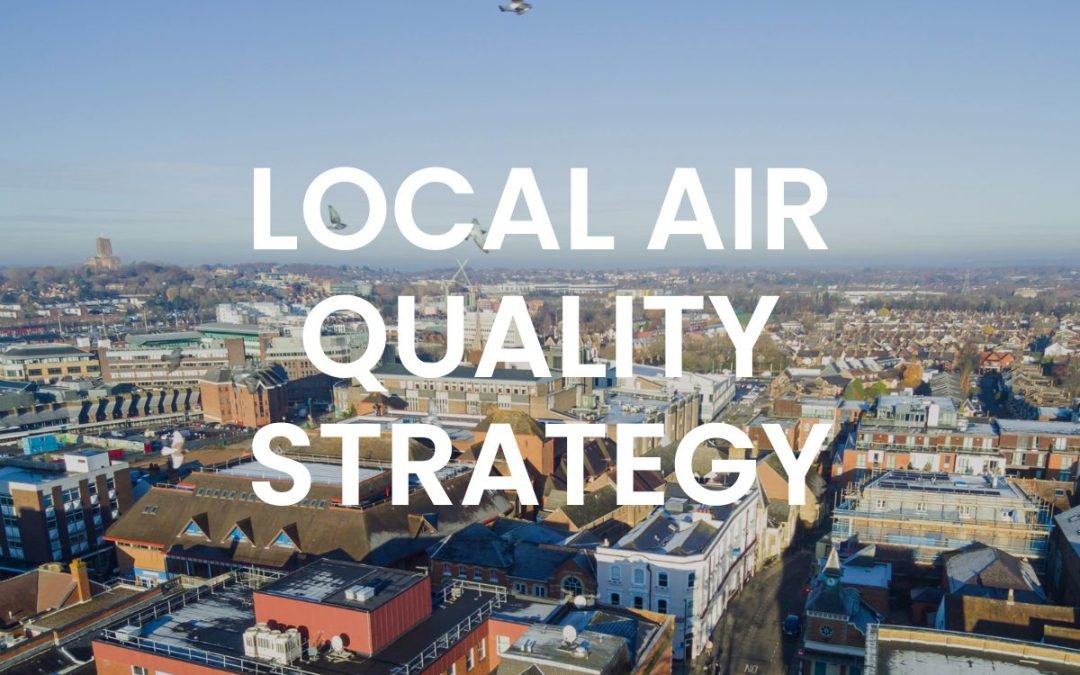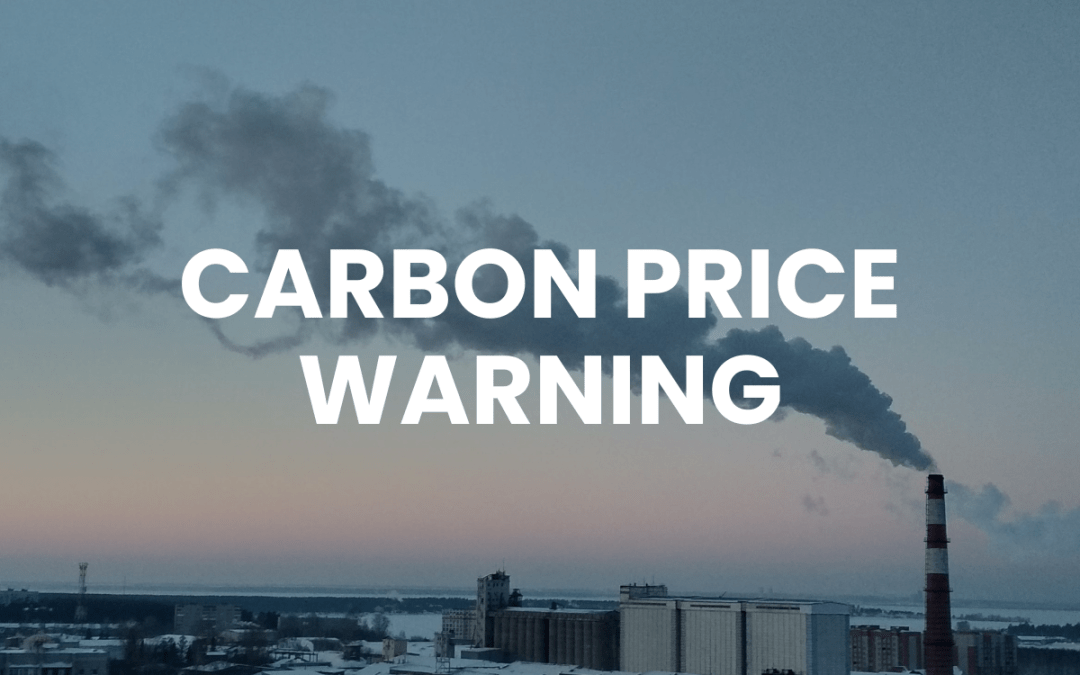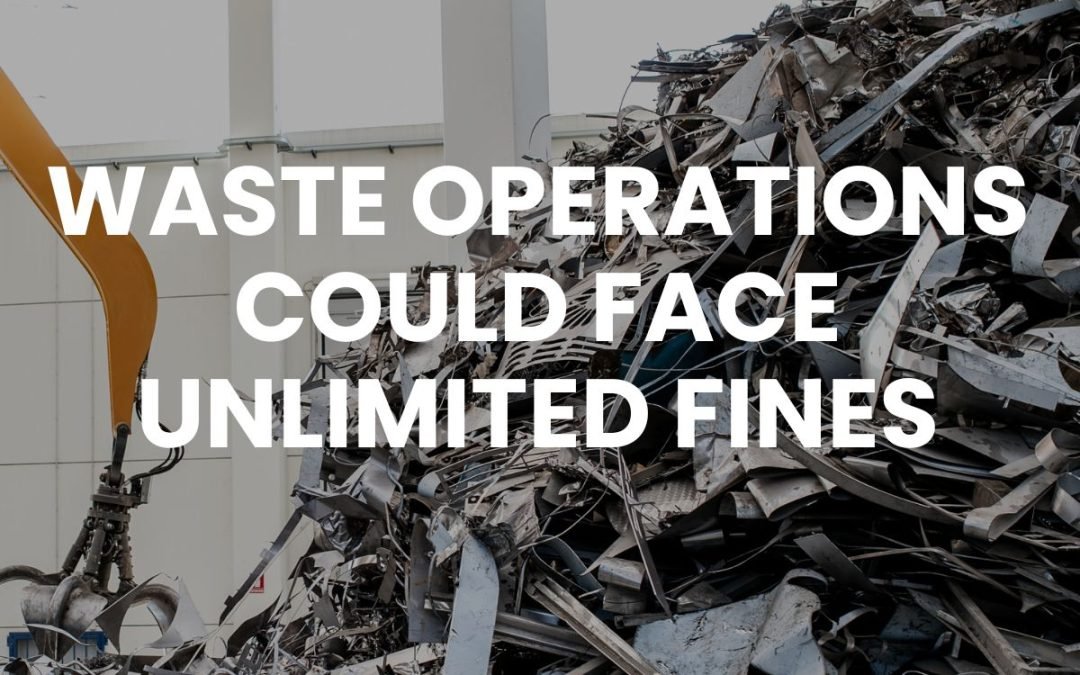Recent reports reveal alarming air quality across many European metro areas, with fine particulate matter and nitrogen dioxide exceeding safe limits. We analyse the data naming the leading pollution hotspots harming public health.
- Krakow, Poland
Historic Krakow illegally breached annual PM2.5 limits over 70 days in 2021. Coal burning, vehicle emissions and transboundary transport drive the toxic haze.
- Milan, Italy
The fashion capital’s traffic congestion and industrial activities create a toxic mix of NO2 and particulates. Chronic exposure risks respiratory disease and cardiovascular conditions for the vulnerable elderly and young populations.
- Warsaw, Poland
Warsaw frequently joins other Polish urban centers topping the worst air quality rankings across the continent. The capital city’s PM2.5 averages run nearly triple WHO targets in a country where coal and waste burning sustain severe smog.
- Naples, Italy
This bustling coastal metro registered 10 times the acceptable carcinogenic benzene levels along with alarming particulate pollution in 2021. Naples symbolises the vast divide between Italy’s northern and southern cities in air quality mitigation.
- Limassol, Cyprus
The popular Cyprus tourist destination suffers extreme ozone concentrations amid worsening summertime photochemical smog. The island’s open biomass burning and dust storms further degrade Limassol’s air which already fails to meet EU standards.
- Sarajevo, Bosnia and Herzegovina
The Bosnian capital contends with dangerous winter air pollution spikes, including a staggering 800% increase in December 2021 particulate readings. Experts blame the reliance on private coal furnaces and lax emission controls strangling Sarajevo in thick smog.
- Skopje, North Macedonia
Skopje’s obsolete industrial infrastructure and aging transport fleet foster alarmingly high pollution that regularly surpasses EU air quality standards by over 500%. Children and elderly bear the deepest health impacts as calls for government action mount.
- Pristina, Kosovo
Kosovo’s capital contains just 200,000 residents yet endures some of Europe’s worst air. Coal power, traffic emissions and construction dust create ever-present smog and soot while nearly absent regulations stifle progress for its youngest population.
- Tirana, Albania
Rapidly growing Tirana’s unchecked urbanisation and building boom helped trigger over 120 microgram per cubic meter particulate spikes this winter – representing 12 times the WHO’s recommended threshold.
- Minsk, Belarus
Although not an EU member, Belarus’ capital Minsk joined the bloc’s most polluted cities list this past year. Stubborn smog episodes result from scant green initiatives, lenient pollution policies and heavy reliance on fossil fuel vehicles within the former Soviet state.
The toxic air afflicting European capitals leaves no doubt – air pollution recognises no borders. What unites these diverse offenders are systemic factors enabling the life-sapping smog and haze to prevail, year after year.
Transitioning towards clean technologies like EV infrastructure and renewable energy must accelerate dramatically while phasing out 20th century power source that contribute to pollution. Binding pollution reduction targets will compel innovation if enacted judiciously.
Citizens also retain power through collective pressure and localised interventions within their capacity. However the onus resides with local governments, national governments and businesses with control over their supply chain.
The path towards breathable urban air requires overcoming inertia at every level. Our analysis here aims to catalyse urgency because we know pollution is a leading cause of premature death or disease. With awareness and accountability, a sustainable air quality future remains viable across Europe.





